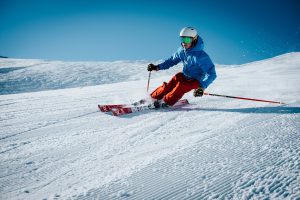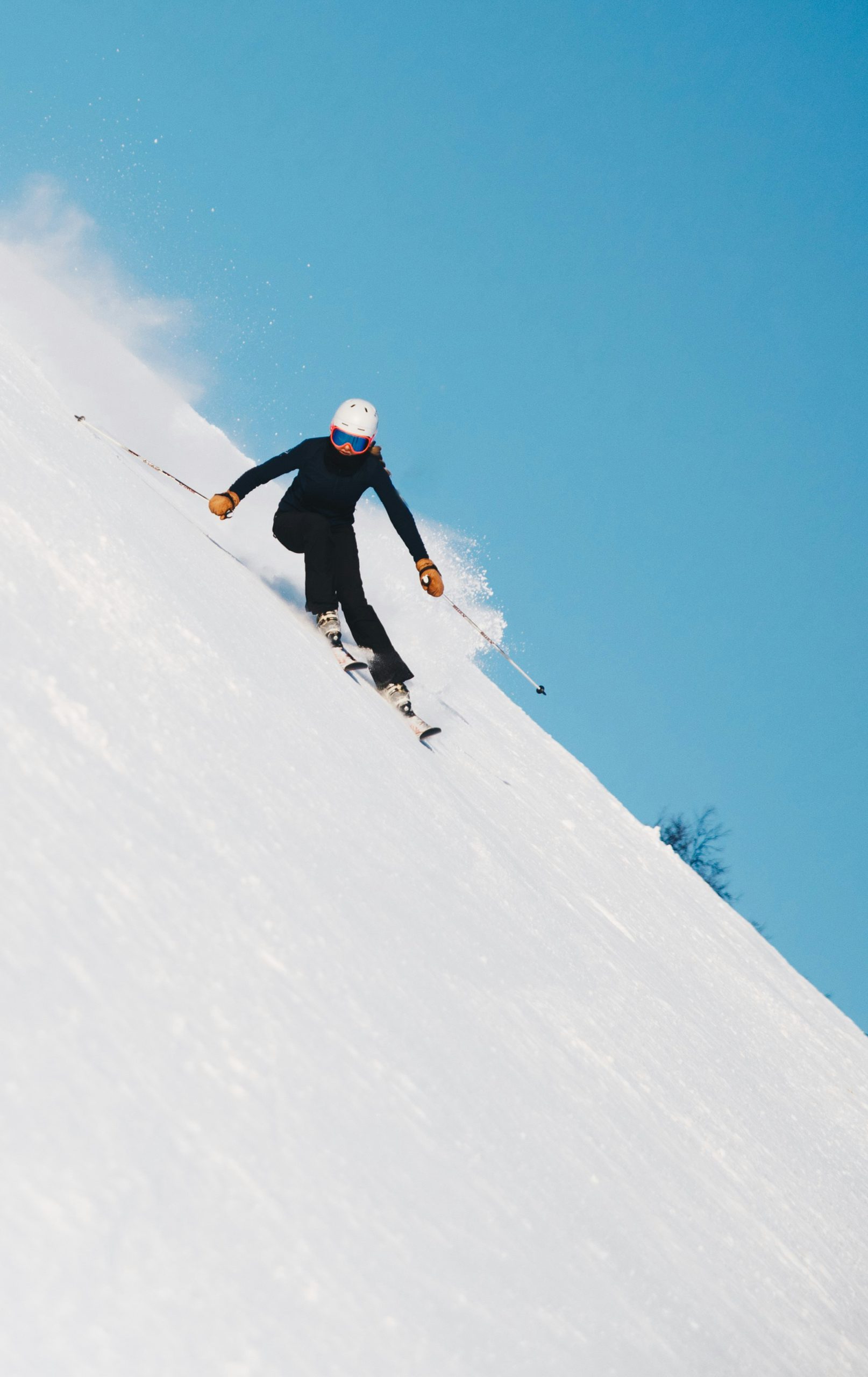The winter season is just around the corner, bringing new challenges for the locomotor system. Unfortunately, throughout all our years of work, we have observed an increase in the number of patients following the winter holidays, especially due to injuries related to snow and ice.
Preparation for Skiing and Other Winter Sports
Description
Skiing and snowboarding, as well as skating, the most intense winter sports, require a high level of physical preparation, including strength, stability, shock absorption, and good proprioception. Without adequate preparation, the risk of injury significantly increases, and these injuries are not benign; they generally require prolonged treatment and may involve damage to ligaments, cartilage, tendons, and bones due to the high-force environments in which they occur.
Skiing and similar sports engage nearly all muscles in the body, especially those of the legs, torso, and lower back. Preparation necessarily includes strength and endurance exercises focused on the long kinetic chains of the lower extremities and torso. All muscles responsible for stabilizing the body on unstable surfaces must be activated together and in a timely manner, meaning that through exercise, we learn such neuromuscular activation to be transferred to the sports arena.
 Snow and ice sports require a high degree of dynamic stability and proprioception (click for article) due to constant shifts in the center of gravity, especially in turns and on uneven, slippery terrain. Skiers and skaters, faced with sudden changes in direction, are inherently at risk of losing balance, making balance training particularly important for them. Therefore, simple strength and endurance exercises alone may not be enough in this case. A complex exercise program, adapted to the current condition of the athlete, as well as the demands of the winter sports activity they want to perform, necessarily involves the entire movement system—from the osteoarticular (joints and ligaments), myofascial (connective structures), to the neuromuscular (muscle strength and activation speed, along with dynamic balance and “future proprioception”). This reduces the chance of injuries and enables longer engagement in winter sports without early onset of fatigue, which is a major risk factor for injuries.
Snow and ice sports require a high degree of dynamic stability and proprioception (click for article) due to constant shifts in the center of gravity, especially in turns and on uneven, slippery terrain. Skiers and skaters, faced with sudden changes in direction, are inherently at risk of losing balance, making balance training particularly important for them. Therefore, simple strength and endurance exercises alone may not be enough in this case. A complex exercise program, adapted to the current condition of the athlete, as well as the demands of the winter sports activity they want to perform, necessarily involves the entire movement system—from the osteoarticular (joints and ligaments), myofascial (connective structures), to the neuromuscular (muscle strength and activation speed, along with dynamic balance and “future proprioception”). This reduces the chance of injuries and enables longer engagement in winter sports without early onset of fatigue, which is a major risk factor for injuries.
On snow and ice, the knees and hips are under constant physical stress due to shear forces, and the body needs the ability to absorb these forces. Through training, we teach the complex movement system how to effectively absorb impacts and reduce pressure on the joints, minimizing the risk of damage to ligaments, cartilage, muscles, and bones.
As the beginning of the winter season approaches, with an understanding of the demands of skiing and similar sports, it would be ideal to start preparing—today! The preparation period should really be at least four to six weeks before the season begins, as this is the minimum time needed for the desired physiological changes to take place.
Additionally, along with proper strength, stability, and coordination training, regular stretching is essential to maintain muscle flexibility and enable mobility in the long kinetic chains. It is also essential (and often overlooked) to include low-intensity aerobic activity of longer duration. We incorporate this modality into training to ensure the supply of nutrients to joints and ligaments, support proper vascular function, and speed up recovery.
In the end, quality body preparation is not only recommended for safety but also for enhanced performance, making every winter sport more enjoyable and safer. Individualized preparation allows for a safe skiing season, enjoying all its charms, and with a reduced risk of injury.
See you on the slopes, hopefully well-prepared!


